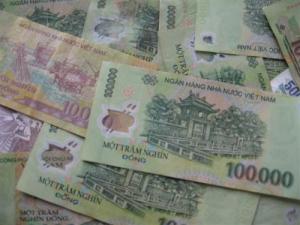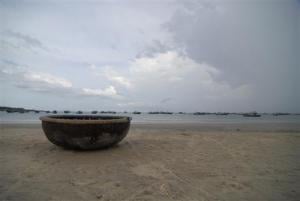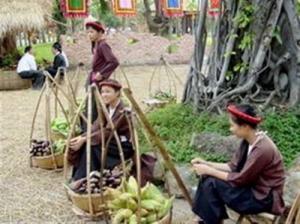Clearing up Vietnam’s Waters from Harmful Turtles

With Vietnam’s fragile ecosystem, the recent increase of red-eared slider turtles had caused huge concerns both for the community and authorities. Last Saturday, the Ministry of Agriculture and Rural Development instructed its Fisheries Department and provincial agencies to investigate the possible invasion of red-eared slider turtles in Vietnam. Along with that, they pledged to take all necessary measures to remove the harmful reptiles from its waters.
It has been reported that the turtle is openly-seen in several provinces including An Giang, Can Tho, Vinh Long, Soc Trang, Hue, Quang Tri and Lao Cai. Selling the reptile as pets is also common in these areas. Local people often release captive turtles and other animals to pray for good luck in the seventh month of the Lunar Calendar.
The red-eared slider turtle (Trachemys scripta elegans) is native to North America and was included in the list of the world’s 100 worst invasive species by the Invasive Species Specialist Group (ISSG). This semi-aquatic species eats a variety of animals and plants including fish, crayfish, carrion, snails, crickets and several aquatic plants. The red-eared slider turtle adapts to many aquatic environments and poses high risk to Vietnam’s thriving ecosystems. As this species prefer calm water with muddy bottoms, Vietnam’s river systems becomes a suitable habitat for them to thrive, at the same time, attack the local wildlife. Such will harm the ecosystem’s balance and disrupt the food chains. Apart from that, its existence in Vietnam’s aquatic habitat increases the risk of parasite transmission to native species since the turtle is also known to carry nematodes and bacteria. As a recognized reservoirs for Salmonella, along with other reptiles, diarrhea, fever, and nausea, blood poisoning, meningitis or even death are among the health concerns involved.
Invasive species are usually transported by humans. They then establish themselves and overcome the pre-existing native ecosystems. But the introduction of the red-eared slider turtles in Vietnam could also be unintentional. Some escape from nurseries or gardens, some are released as a contaminant; others come from illegal stockings, through ballast water and hull fouling while others come through the live food trade and aquaculture and marine culture. In fact, red-eared sliders may also have been imported into Vietnam during the past several years.
On April 16 of this year, environmental police in the Mekong Delta’s Vinh Long Province discovered that Can Tho Import – Export Seafood Joint Stock Company (Caseamex) had imported 40 tons of slider turtles into the country without permission from the Ministry of Agriculture and Rural Development. The company claimed that the turtles were brought for food. However, they were later found to be bred at their farm in Phu Thanh Commune in Vinh Long Province’s Tra On District. Caseamex insisted they were not aware that the turtles were harmful.
Concerned agencies are now looking into ways to remedy the problem. On August 10, they instructed the company to either re-export or destroy the turtles before this month ends. Just sometime last week, Can Tho Import – Export Seafood Joint Stock Company negotiated with the US exporter to re-export the turtles.
The General Department of Aquaculture is now working with the Customs to enforce a ban on the import of the red-eared slider. The Minister of Agriculture and Rural Development would also ban breeding of the harmful turtle. In connection to the move, more efforts were drafted. The Vietnam Environment Administration’s Biodiversity Conservation Department has issued a plan through 2020 on conducting research to compile a full list of existing invasive species, estimate damages and propose measures to deal with the problem. The aim of these efforts focus on preventing the introduction and establishment of the species to the country’s waters in the first place. Otherwise, controlling and eradicating them is more costly and difficult to manage.
Experts also remind the need for a short-term plan on the existing invasion. Though the company planned to re-export the 40 tons of turtles, cooking the reptiles have been suggested as the safest and most economical solution.









